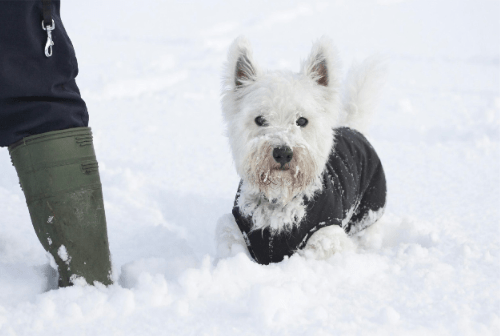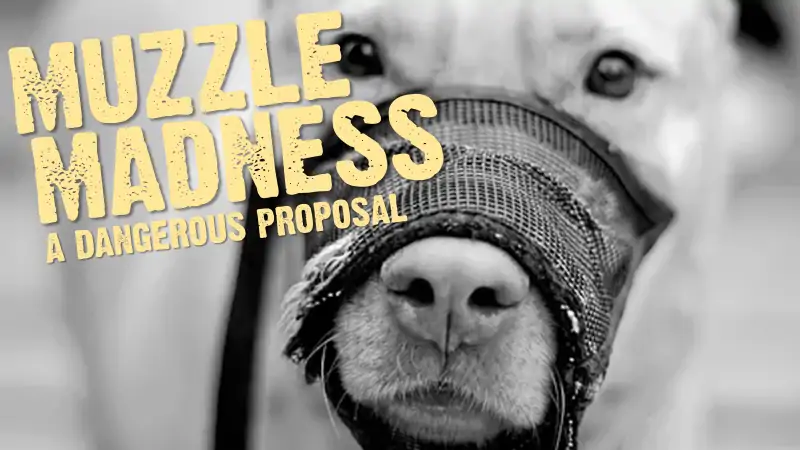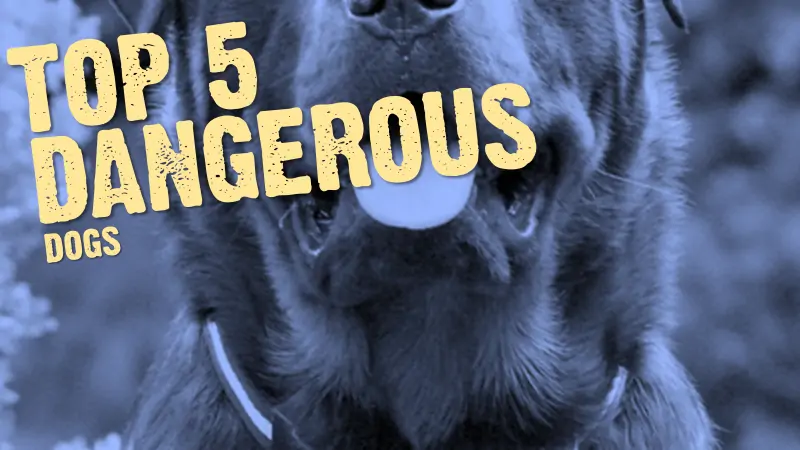Over 500,000 dog bites occur every year in Canada. In fact, the Humane Society of Canada estimates that someone suffers a dog bite every 60 seconds in this country.
Preventing dog bites is all about education. Stacey Huneke is a Registered Veterinary Technician in Ontario, and she says supervision is imperative if parents want to protect their children from being bitten by a dog.

“Dogs and children must be supervised by alert adults,” Huneke explains. “Any interaction, depending on the age of the child, should only be done together with an adult and only if the dog is comfortable.”
Huneke adds that the whole family should learn how to read dog body language so they will know when a dog is uncomfortable or stressed.
“Adults should intervene if dogs are acting stressed,” she says. “Dogs should always have a child-free area to go.”
So how can we identify when a dog is stressed?
“Dogs often show body language asking you to leave them alone before they bite,” explains Huneke. “If you hear them growling you’ve already missed dozens of cues that your dog is uncomfortable.”
When a dog wants to be left alone, they may exhibit one or more of these cues:
Tail between legs
White of eyes showing
Yawning, licking or chewing
Ears are back and down
Mouth/lips closed tight
Curved back
Let’s look at a couple of examples of dogs that are showing signs of being uncomfortable.
“Many dogs show several cues at once,” Huneke says. “Not only does this dog have its tail between its legs, it is also showing the white of its eye, has a curved back, mouth is closed, ears are back and down…and just has an overall appearance of stress. This dog is nervous.”
“This picture terrifies me,” Huneke admits. “This dog is clearly saying I’m seriously thinking of biting you. White of the eye is showing, the dog is glaring at the child, lips are tight, the dog is leaning away and the ears are back and down. I can almost hear the growl right through the photo.”
Another technique to keep children safe is the ‘Be a Tree’ method from Doggone Safe. It is commonly taught to children in schools. It teaches children (and usually teachers) what to do if a loose dog is coming toward them, or is acting too frisky and making them nervous.
“Do not run,” insists Huneke, who has led dozens of ‘Be a Tree’ presentations at schools across Ontario. “The first step in the ‘Be a Tree’ method is to plant your roots (your feet). Then fold in your branches (your hands), so dogs don’t have anything wiggling and interesting to grab. Then stand very still like a tree while staring at your roots and counting in your head or singing a song.”
Huneke always reminds students that trees are boring: the dog will sniff you and leave.
If you would like to arrange a ‘Be a Tree’ presentation for your child’s classroom, visit Doggone Safe’s Find a Presenter page. If you would like to learn more about dog body language and behaviour in general, the best thing to do is contact your veterinary health care team and speak to a Veterinarian or Registered Veterinary Technician with experience in behaviour.
Enter your email and never miss out on receiving our best articles:






